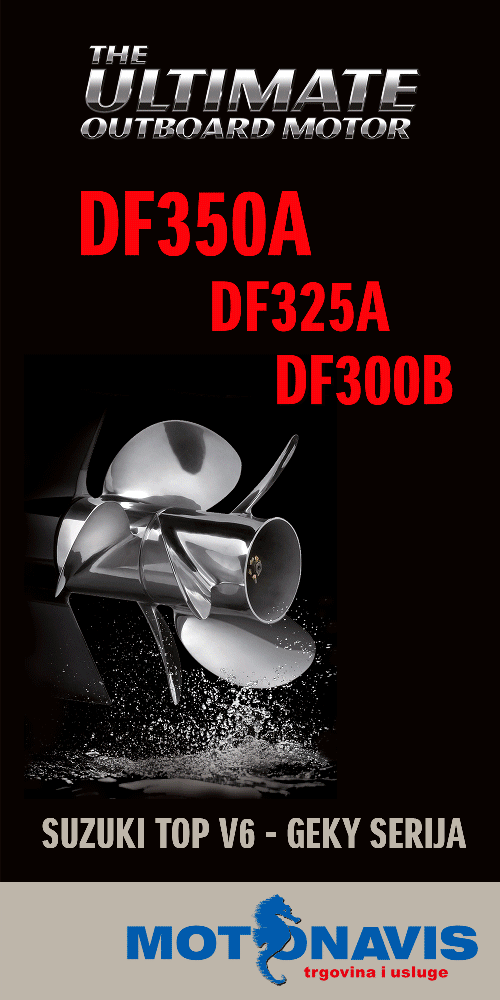The weather's power and rage showed itself recently with the devastating springtime tornados that roared through the south. For recreational boaters, summer thunderstorms bring danger not only with wind and waves, but also with lightning strikes. BoatUS' Seaworthy Magazine recently took a look at how to protect yourself from this hazard while boating, sailing and fishing on the open water and has these tips:
● Don't wait until it's too late: Get off the water early: Getting to safe harbor is the safest bet. If you're in a powerboat and can't get in, you may be able to get around the storm.
● Inside is best: If you can't get off the water in time, the best place to be on a boat is inside any cabin, but avoid being near mast or chainplates (sailboats), or large metal appliances like refrigerators.
● Keep away from metal: If there is no "down below" and you're stuck out on deck, stay away from metal railings, wheels, the mast and mast stays (both on sailboats), or any other metal fittings. A boater was killed in North Carolina when lightning jumped from his sailboat's backstay to his head and then the metal steering wheel he was holding.
● Don't be a lightning rod: If you're on an open boat, stay low and in the center. Depending on the severity of your situation, it's also a good idea to remove jewelry. The US Coast Guard reports a case a few years ago in which lightning struck a man who was standing up wearing a large medallion.
● Stay out of the water: Don't fish during a thunderstorm - or dangle toes overboard.
● Disconnect the power and antenna leads to your electronics: Many strikes just damage electronics so disconnecting them goes a long way in preventing equipment damage.
● Lower antenna: Unless they serve as part of a lightning protection system, lower any antennas.
Stay silent: Don't use the VHF unless absolutely necessary.
● Lightning grounding protection systems: Grounding systems, which provide a path for the lightning to enter and safely exit the boat, must be free of corrosion if they are going to provide any protection.
Dissipater dilemma: As for mast-top lightning dissipaters, there is no agreement by the experts on how well or if they work at all. It should be noted that BoatUS insurance claims files show that boats with "brush-like" dissipaters mounted at the top of the mast have been struck by lightning.
If you do get hit: 1) Check people first; 2) then check the bilge as strikes can rupture through-hull fittings and punch holes in hulls; 3) check electronics and compass, and if all is good up to this point, 4), you may want to consider a short haul to check the bottom thoroughly (trailerboats can be inspected when you get back home). The challenge with lightning strikes is that they sometimes leave hard to find traces of damage that may only be seen when the boat is out of the water.
Seaworthy Magazine






















